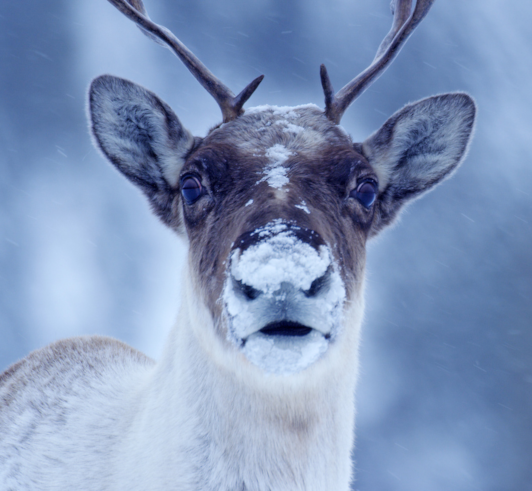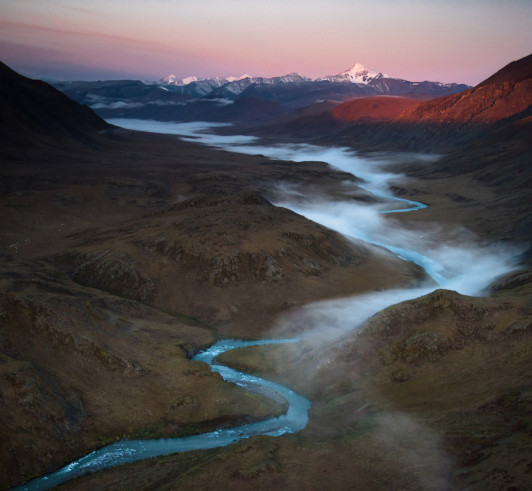OUR PUBLIC LAND
For tens of thousands of years, indigenous caribou-hunting cultures have existed on the lands of the Arctic Refuge. They are the first and forever guardians of these lands. In recent years, the U.S. government has added to their protection of the region. After a public campaign led by conservationists Olaus and Margaret Murie, President Dwight D. Eisenhower established the 8.9 million acre Arctic National Wildlife Range in 1960. His successor, President Jimmy Carter, added to this effort in 1980. President Carter expanded the amount of land protected, designated much of the land as protected Wilderness, and renamed it the Arctic National Wildlife Refuge.
Due to political pressure, the 1.5 million acre coastal plain of the Arctic Refuge was left unprotected. This biological heart of the landscape is not protected Wilderness, and has been the center of heated political debate for many years. Bills to protect the coastal plain as wilderness have been introduced in every Congress since 1986. Proposals to open the coastal plain to oil and gas drilling have been just as common. As public land, the fate of the Arctic National Wildlife Refuge is in the hands of every American.











